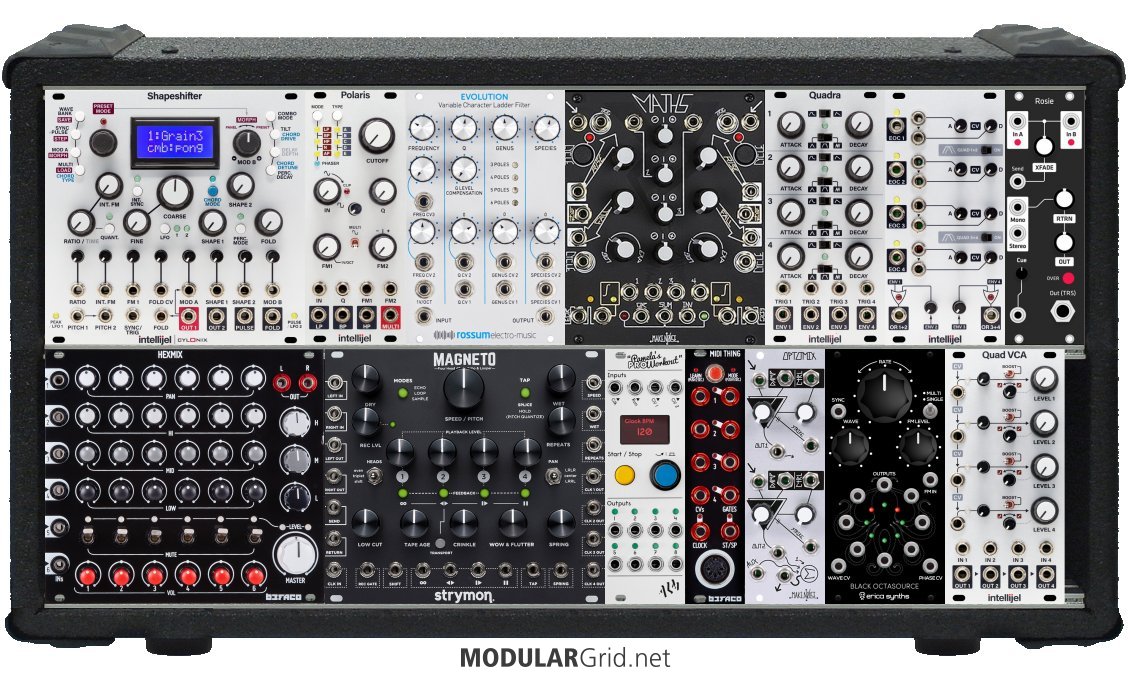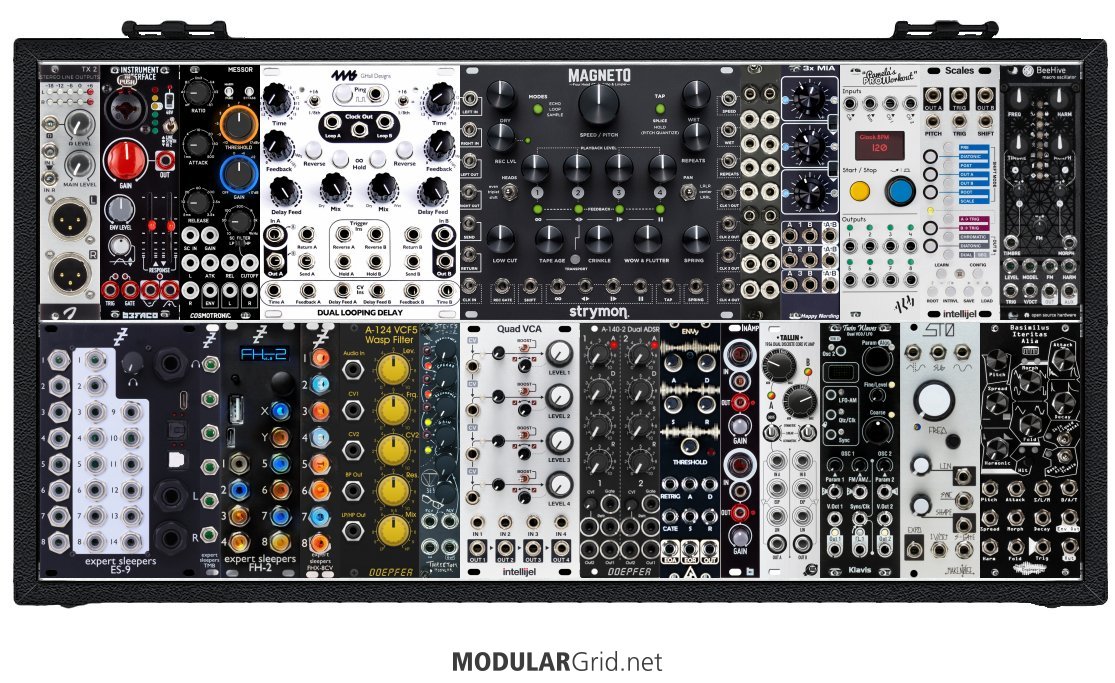from the web:
PayPal notes that the company puts payments on hold to help ensure that the platform is safe and secure for both buyers and sellers.
Although the money belongs to you, PayPal will temporarily keep you from accessing it to make sure there's enough money in your account to resolve issues like chargebacks or disputes.
Funds are released when the buyer confirms that they received the item they ordered in the condition that was advertised.
Some specific reasons why your payment might be on hold include:
Your PayPal account has been inactive.
The payment you received is unusual for your typical selling pattern.
PayPal found an unusual change in selling price for a particular transaction.
You're selling an item that customers may be dissatisfied with.
You've only recently started selling items outside of eBay.
Why is my payment on hold?
There are a number of reasons for why funds could be placed on hold, including:
You're new to selling. New sellers need to build up their buyer-seller credibility and history. Once you've established a successful transaction record, your status can change.
You haven't sold anything in a long time. Similar to being a first-time seller, if you haven't sold an item in awhile, you'll need to rebuild your credibility.
Customers filed formal complaints for a refund, dispute, or chargeback. If you've been flagged by multiple customers for various issues, PayPal may delay the availability of your funds. According to PayPal, the best way to remedy this is to work directly with buyers to ensure that issues are resolved as quickly as possible. To prevent complaints, be upfront about shipping costs, item condition, and return policy. You can also set up a customer service message to let customers know if an extreme incident — like a natural disaster in your area — is preventing you from shipping on time.
You have a suspicious selling pattern. PayPal will flag an account that has unusual activity, including a higher than normal selling pattern or a distinct change in the type of items sold.
You're selling riskier items. Examples of these kinds of items include tickets, gift cards, consumer electronics, computers, and travel packages — anything that is more expensive or event-related could be flagged
How long does PayPal hold your funds?
As long as there aren't any issues with your transaction or account (like an undelivered package or a customer filing a dispute), PayPal will release your funds within 21 days.
so unless you're using paypal as seller who sell a lot of stuff i guess you always have to wait at least untile the package is delivered.
going back on topic, half of refund is the minimum he could offer and i repeat he offered half refund only after threats of coming kicking his ass because previously he just was insisting on "it's not my resposability i can't refund" way of thinking... when LaPoste french postal service answered me that "Only the sender can file a claim with our service, since he alone is entitled to compensation in the event of loss, damage, spoliation, unjustified return or incorrect delivery of the shipment."
according to the (french)law i should have done what to get some money back? that's no sense to involve the law when it would cost more time and money than the actual result. that's why i insisted on kicking his ass. and it worked.
have a nice christmas whiny french, i considered it close.



